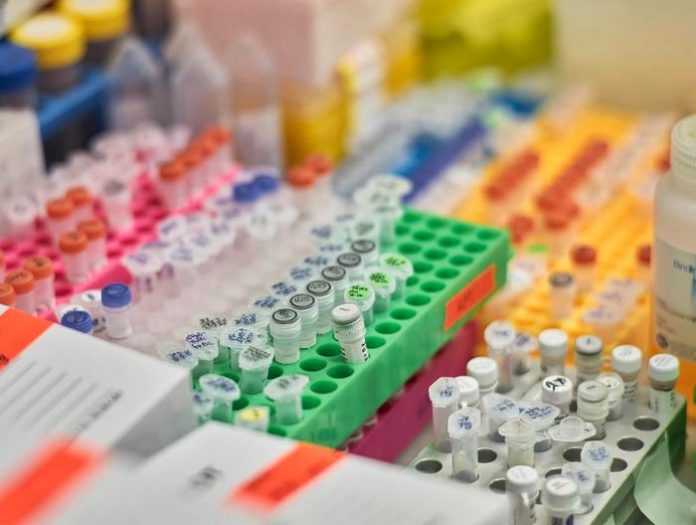Recent advancements in genome editing have introduced new possibilities for treating genetic disorders, with tools like CRISPR-Cas taking center stage.
Now, scientists have developed a more efficient and compact genome editing system using TnpB, a protein that offers significant improvements in precision and delivery.
This breakthrough opens doors for therapeutic applications that could transform how genetic diseases are treated, particularly familial hypercholesterolemia.
Origins of CRISPR and genome editing
The CRISPR-Cas system, which revolutionised genome editing over the past decade, originally evolved as a defence mechanism in bacteria to fend off viruses.
It works like molecular ‘scissors’ by identifying and cutting specific locations in DNA, making it possible to correct genetic mutations.
However, the size of Cas proteins often poses challenges when delivering them to human cells. This has driven scientists to explore smaller alternatives that can still provide precise genome editing capabilities.
TnpB: A smaller, more efficient tool
A new study led by Gerald Schwank from the University of Zurich and ETH Zurich focused on a smaller and more efficient genome editing protein called TnpB, which is a precursor to Cas12.
TnpB is found in various bacteria and archaea, including Deinococcus radiodurans, one of the most radiation-resistant organisms.
The research team successfully engineered TnpB to increase its efficiency by 4.4 times, solving the challenge of low functionality seen in earlier versions.
Enhanced DNA targeting and precision
One of the key achievements of the research team was improving TnpB’s ability to bind to DNA. The initial version of TnpB had limited targeting abilities, but by modifying the protein, researchers enhanced its range and accuracy.
” The trick was to modify the tool in two ways: first, so that it more efficiently goes to the nucleus where the genomic DNA is located, and second, so that it also targets alternative genome sequences,” explained Kim Marquart, the study’s first author.
To better understand how TnpB interacts with DNA, the team tested the protein across 10,211 different DNA sites.
Collaborating with artificial intelligence experts, they developed a predictive model that can forecast TnpB’s editing success based on target site characteristics. This model achieved genome editing efficiency rates of up to 75.3% in mouse livers and 65.9% in mouse brains.
Targeting genetic diseases
A significant focus of the study was the potential application of TnpB in treating familial hypercholesterolemia, a genetic condition affecting over 31 million people worldwide.
This disease leads to dangerously high cholesterol levels and an increased risk of cardiovascular diseases. Using their optimised TnpB system, researchers were able to edit the genes responsible for regulating cholesterol, reducing levels by nearly 80% in treated mice.
The future of genome editing
The development of TnpB represents a critical advancement in genome editing, offering a smaller and more efficient alternative to CRISPR-Cas systems.
By overcoming the size limitations of traditional Cas proteins and improving editing precision, TnpB has the potential to make gene therapy more accessible and effective for a wider range of genetic diseases.
As this tool continues to evolve, it may reshape the future of medicine by providing safer, more reliable ways to treat complex genetic disorders through precise genome editing.








